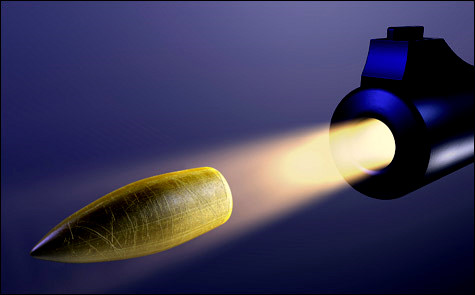Drag Coefficient Nonsense
Posted on Aug 4, 2021 in Antique | Comments Off on Drag Coefficient Nonsense
One thing I have learned from my little heart problem, is the importance of exercise. Personally, I don’t exercise at all, but I did learn about its importance from my doctor. I believe that alone is the first step. Instead, I spend my time “flexing my mind” by reading car sites, studying my “Encyclopedia of Automobiles,” solving unsolvable math equations like the Millennium Prize problems, and discussing theoretical physics with Stephen Hawking.

Aptera Motors Type 1 Drag Coefficient 0.15 (excellent)
One day, while perusing the world of car porn, I started thinking about why all of the new cars seem to be shaped like eggs. This is something I have complained about in the past, and I assumed it was to get better drag coefficient numbers, and therefore, better gas mileage. I concluded this because I had once bought a car with great drag coefficient numbers, and was told by the salesman that it would “slice through the wind like a stealth fighter.” A quick check of drag coefficient numbers in my encyclopedia, and I knew it was not that simple. Some of the biggest and bulkiest objects have better drag coefficient numbers than some of the sleekest supercars. How could this be? Had my salesman lied to me just to get the sale? Did my car even have undercoating? I needed to do some investigative work.

Saab 92001 Ursaab
Basically, drag coefficient numbers rate the amount of resistance of an object as it travels through air or water. It is very simple to calculate…all you need is the drag force (don’t ask what this is), density (more math), speed, and area. Once you have those figures, place them in a blender on chop for approximately 2 minutes. The result will be a smooth, creamy drag coefficient.

Ford Probe Drag Coefficient 0.30

Vector Twin Turbo Drag Coefficient 0.30

Chevrolet Lumina APV Drag Coefficient 0.30

Jaguar XJ220 Drag Coefficient 0.30

1948 Tucker Drag Coefficient 0.28
This is the easy part, and one would assume that something like a Formula One car would have a much better drag coefficient number than, say, a huge bus. But wait, it seems that reality does not necessarily follow this premise. Take a look at the following photos, and tell me if you can make sense of them. Which has the lower (better) drag coefficient?

Empire State Building Drag Coefficient 1.3 to 1.5

Eiffel Tower Drag Coefficient 1.8
In spite of the fact that the Empire State Building is solid, and bigger than the light and airy Eiffel Tower…The Empire State Building wins. OK, try this one:

Boeing 747 Drag Coefficient 0.031

Bullet Drag Coefficient 0.295
OK, the Boeing is 63.5 feet tall and weighs 975,000 pounds, but has a much better drag coefficient than the bullet. Go figure! Here is another test:

Formula One car Drag Coefficient 0.7 to 1.1

1935 Tatra T77 Drag Coefficient 0.212
Again, another surprise…The Tatra is much better than a Formula One car. Imagine how Michael Schumacher would have looked driving a T77. Here is one that makes no sense to me:

Duple Coach Drag Coefficient 0.425

Lamborghini Countach Drag Coefficient 0.42
This one will be hard to understand…both cars are very close. The Lamborghini beats the bus by 0.005. No math teacher or college professor will ever get me to understand why. Here is one final test, with a twist:

Rolls-Royce Silver Seraph Drag Coefficient 0.38

General Motors EV1 Drag Coefficient 0.195
The EV1 wins this one…which makes sense. But, if you have been paying attention, you can see that the Rolls Royce has a better rating than the previous Lamborghini Countach. What does all this mean? Simple…exercise, and try not to think about math. Second, never ever believe anything a car salesman tells you.

Koenigsegg CCXR Drag Coefficient 0.30 (Same as Lumina APV)

Mercedes Benz CL E Class Coupe Drag Coefficient 0.24 (Best of all Production Cars)





.gif)

